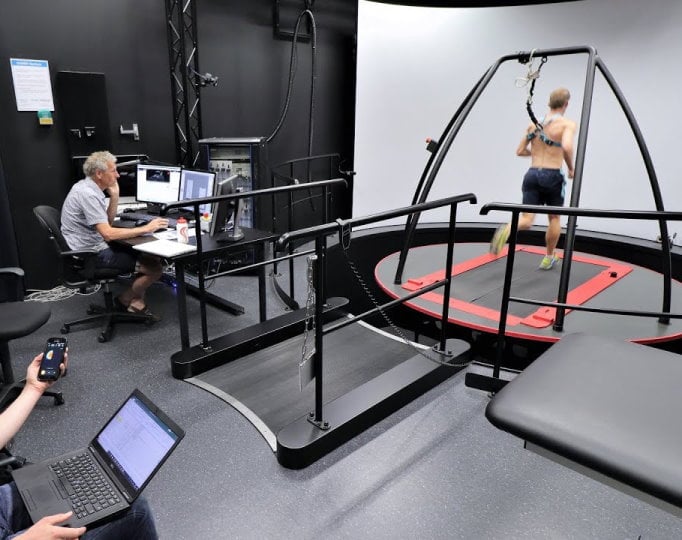
About Moveshelf
- Founders: Per Slycke and Ignazio Aleo
- Founded in: 2017
- Employees: 6
- Money raised: -
- Ultimate goal: "That our software is used all over the world. Not only in hospitals, but also in rehabilitation centres and physiotherapy practices."
Every day, we put a start-up in the spotlight. Today, it is Moveshelf from Utrecht in the Netherlands. This start-up develops software that makes motion analyses accessible to everyone in the healthcare sector. From physiotherapists to movement scientists. We spoke with Ignazio Aleo, one of the two founders of Moveshelf.
How did you come up with the idea?
“Everything is digital nowadays. Books, films, music and photos. We also saw opportunities for human motion here. Motion analysis is now mainly used for complex and difficult cases. That is because digitaliizng and extracting good data from markers or video images is complex. Each system uses different software and linking various systems is very difficult.”
“We see this as an opportunity. Why shouldn’t a physiotherapist who helps someone with a football injury make use of this? Or a doctor who is helping an elderly person after a hip replacement? With our software, we ensure that healthcare providers gain more insight into physical movement. This enables them to choose a more suitable treatment and prevent their patient’s situation from worsening.”
Why is this needed?
“The social and economic impacts of osteoarthritis, for example, are enormous. Elderly people with degenerative joints who receive a new knee or hip have to undergo extensive rehabilitation. All the while, healthcare costs are soaring. But the technology currently used for motion analysis is not yet very effective in a clinical setting because the data is difficult to access. While you do see 3D cameras or marker suits (which are also used in the film industry to create special effects) in labs that do research into Parkinson’s disease, for example. We want to make sure that this technology can also be used in a hospital or by a physiotherapist.”
How do you go about that?
“Our software can be used with a variety of systems, sensors and devices. We make it easier for doctors to do their work and they can provide their treatment in a data-driven way. With machine learning, we can use video images to make motion analyses that you would normally only be able to make with all kinds of extra equipment and sensors. We make motion analysis more accessible, less complex and less time-consuming.”
What is your ultimate goal?
“To enable motion analysis to be used much more widely. This will enable doctors to learn much more about physical movements, and more knowledge wil be gained. At the moment, we are focusing mainly on doctors and working with various hospitals and clinics. But in the future, we also want to see how we can take measurements from home by using sports watches. This will also contribute to more knowledge about human movement.”


